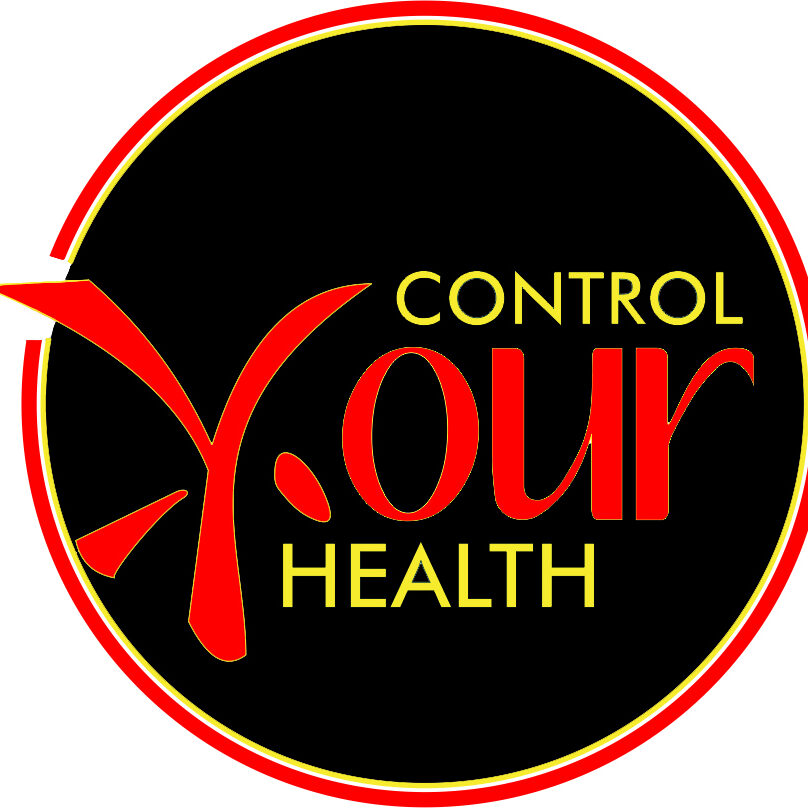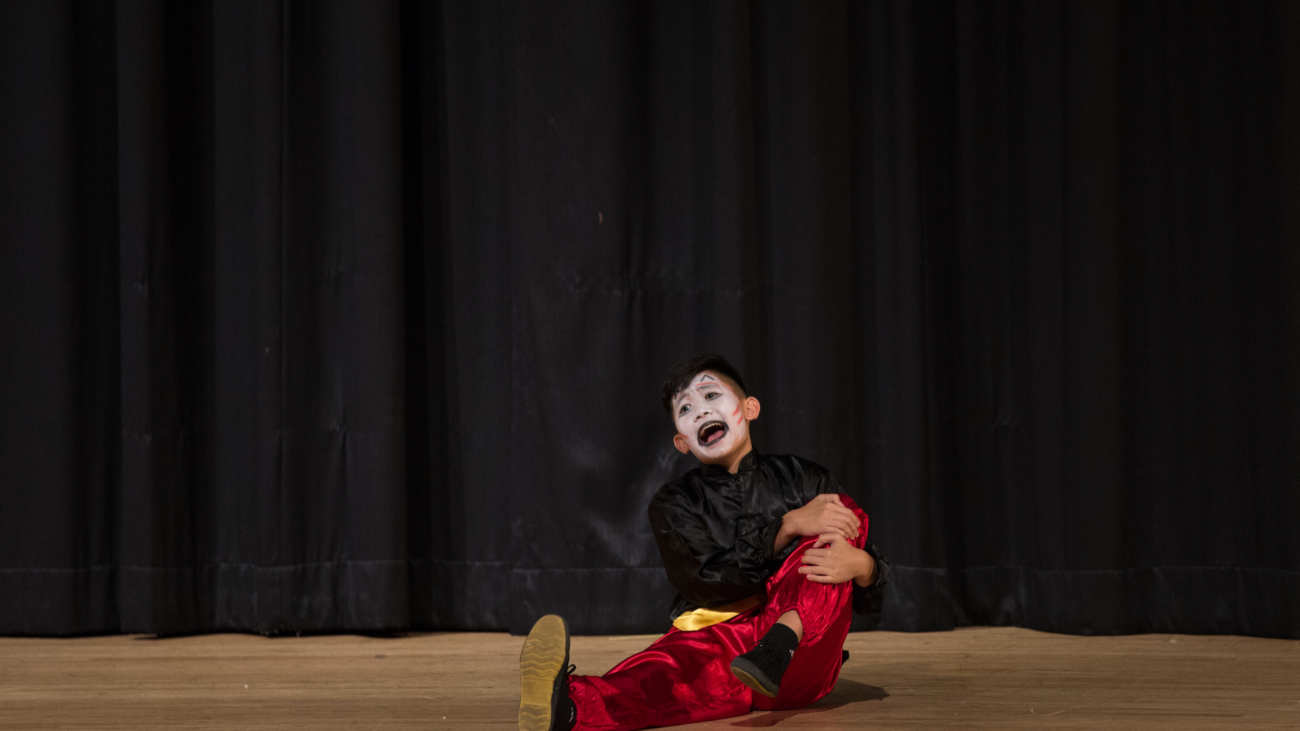Today’s blog post is a continuation from last week’s Injury as an Opportunity.
Our guest is Dr. Evan Hughes, a practicing Chiropractor from Massachusetts and he also trained for years in Wah Lum Kung Fu!
Evan has a great way of thinking about how to treat injury that might occur during your movement practice. There is a ton of great information in here, so read it, save it and then read it again.
Any questions or comments? We would love to hear from you!
Here’s Dr. Evan.
If you rest an injury, you will be injured for the rest of your life.
A bold statement, but after ten years in clinical practice as a chiropractor and twenty years of martial arts training, I make it all the time.
There is a concept in sports science called the SAID principle, which stands for Specific Adaptation to Imposed Demand. Adaptation is constantly happening in our bodies on a cellular level, which is why when we work out, we get stronger.
Strength and fitness are an adaptation to force whether throwing a ball or wrestling an alligator. Being fat and sluggish is an adaptation to a lack of force and certain kinds of stress.
Our cells are not dumb and know how to change to fit what is happening to them specifically, moment-by-moment and year-by-year. Some cells change quickly, like muscles.
Others change more slowly, like the ones in our joints and other connective tissue.
The key is, our cells are always adapting to what is actually happening to them, not what might happen.
When force enters the body in the right amount, you get adaptation. Injury is what happens when too much force happens at once and the body cannot adapt quickly enough.
My son at 2 years old, taught me that speed increases before cornering skills. This is true of toddlers learning to run and in principle, for any athletic activity.
Injuries happen, be they small or large, as we figure out how to manage our abilities while they are changing.
Every single athlete I’ve ever worked with or talked to has an injury story. Luckily for us, our bodies are programed to heal.
The annoying thing about healing is that it is a process, and there is no process that does not require time.
The thinking in the past has been to rest until the healing process is complete, then start the activity again once the healing is “finished”.
There are two problems with this:
1. The healing process happens in accordance with the SAID principle, which is based on our activity (the force applied to the cells, even as they heal). If we are resting while the healing process is happening, our cells become healed, geared for rest (be it nerve, bone or muscle tissue).
Then, when the activity starts again, the cells and tissues are not prepared for the force of the activity and we are more likely to become injured… then we’ve been told to rest again. Heal again. Get injured again. Sound familiar?
2. The second reason this cycle of injury, rest, injury doesn’t work so well, is that we never heal 100%, in that the injury changes you forever.
You will either heal less strong than before, never quite getting back your full ability, OR you will heal beyond your old level, using the injury as a springboard to greater adaptation and strength, specific (there’s that word again) to the force from the activity.
So how can we use the SAID principle with a busted/injured body part?
Pain.
Hopefully it is obvious that you cannot use the injured part at 100% speed and strength while the cells are getting the healing process done.
The first thing is to cut the power out of the activity to a level the compromised part can handle.
This might mean doing push ups from your knees or off the wall while standing, using far less weight than before. This is very hard on the ego and can hurt the inspiration that gets you to train.
Be as patient as you can be. There are hundreds of ways to do an activity with less strain, to allow the healing to take place, but continue to challenge the body with the right amount of force to activate the SAID response in the cells as they heal.
The second thing is to do the movement that hurt you before.
Not something like it, but the exact same movement, without power, and very slowly.
When you reach the place in the movement where pain starts to ramp up that is your new limit.
Get next to the pain, but do not push through it. It’s there to tell you about your cells and healing process.
Note: You cannot do this if you are taking painkillers. You will respond late to the signals or miss them completely. Miss the signals and you will push too far, too fast and re-injure the body part and need to start over or make it worse.
Getting next to your pain is like looking over a cliff edge at the amazing view and enjoying the fresh air. Nervous? Good! That’s where you want to be.
Also remember that each day, the cliff will move. It will get better or worse depending upon the day, what you had for breakfast and weird cosmic forces only an astrologer can tell us about; which is my way of saying, lots of stuff affects it, just listen to the pain.
Another important step is:
Don’t be afraid to mess up. Develop a relationship with your injury, your pain, and a deeper connection to your body, which will teach you more precisely how you injured yourself in the first place, and what muscles need to be strong to prevent the injury again.
If you are shooting for the moon, learn how those muscles can make you functionally stronger than you where before you became injured. When you can move during recovery, your healing will become a part of the training.
The training will become a part of your healing. You will not “recover” in the traditional sense, but become something more than you were.
I have learned to value injury as a way to improve.
Pain isn’t fun, and neither is going slower than I know I can go, but it’s slowly becoming more of a friend and guide.
I use it to tell me where to strengthen next, how far to push myself, and remind me that once I get beyond this injury, I will become something greater.
Dr. Evan Hughes
Many thanks to Dr. Evan Hughes for the great insight into how to deal with pain.
-Oscar
Wah Lum Kung Fu and Tai Chi
Control Your Health
If you enjoyed the post, share it!
Need any help achieving your health and fitness goals? Send us a text message at 407-796-1781!
Control Your Health, Get FIT for LIFE.
Personal training programs in Orlando.
Want to get all of our blog posts delivered to your email with a taste of Wah Lum Kung Fu and Tai Chi? Sign up HERE!


